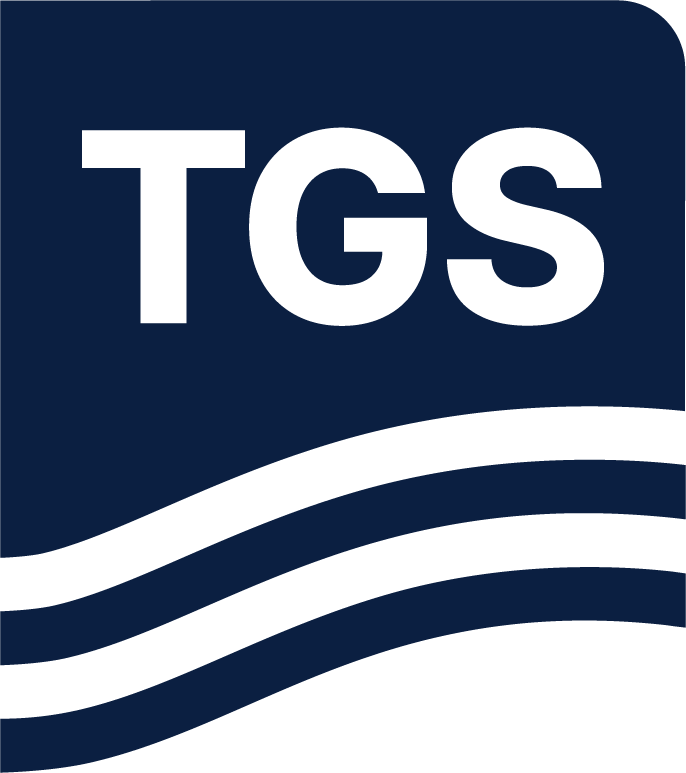First Published: The GEO ExPro, December 2015
Abstract
Guinea-Bissau lies at the confluence of the Mauritania-Senegal-Gambia-Bissau-Conarky Basin (MSGBC) and the West Africa Transform Margin trend. World-class discoveries in adjacent basins have generated an unprecedented amount of interest in the region: however, the MSGBC Basin remains one of the last few remaining underexplored regions along the West African Margin. Until now the area has lacked the modern 3D seismic data required to properly understand the complex geology both on a regional and on a prospect scale.
Improved imaging and new insights
The MSGBC Basin is the largest of the offshore northwest African Atlantic Margin basins, covering some 600,000 km2 and extending almost 1,500 km along the margin from the Cap Blanc Fracture Zone in northern Mauritania, south through Senegal, Guinea-Bissau and Conarky to the Guinea Fracture Zone in the south. The basin can be divided into a number of sub-basins aligned in a north-south direction and delimited by east-west fault systems related to syn-rift tectonics. The sub-basins between the fracture zones have similar overall architecture yet each sub-basin has a different sedimentary and tectonic history. This, in part, is related to presence or absence of salt.

Figure: a series of laterally extensive north-north-west – south-south-east trending normal faults affecting the Lower Cretaceous sequence beneath the regional Senonian unconformity.
Polarcus, in collaboration with Petroguin and GeoPartners Ltd, acquired in 2013 approximately 2,380 km2 of broadband multi-client 3D seismic data within Block 7B, offshore Guinea-Bissau. The data provide significantly improved imaging and provide new insights into the exploration potential of the area and the wider region.
Read the full article here.

